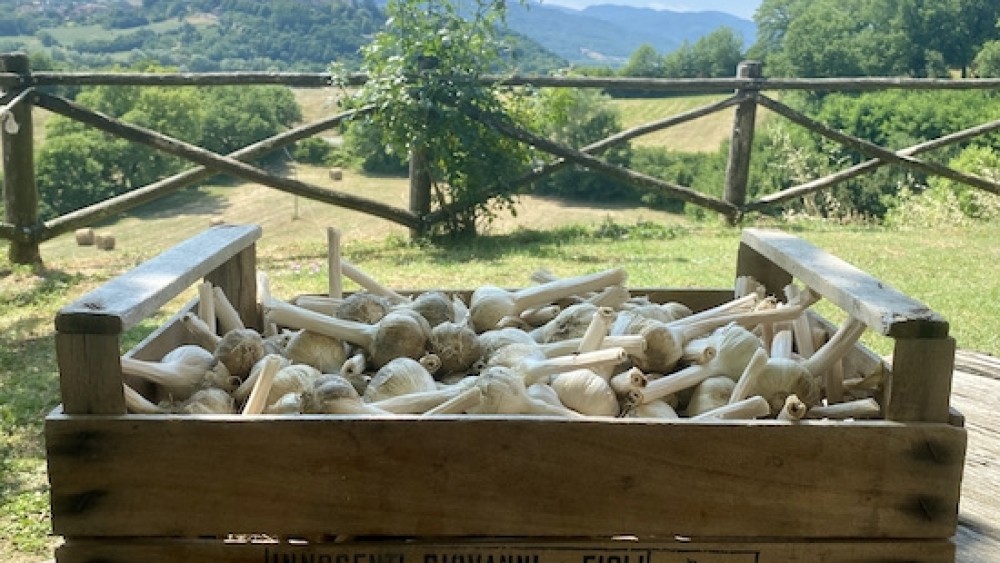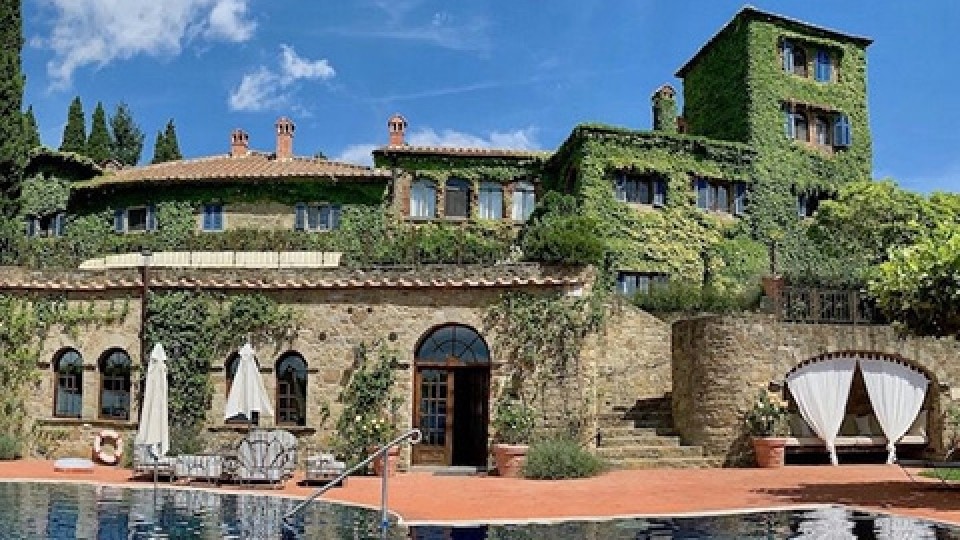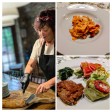Do you know the smelly history of garlic?
July 28, 2021

Do you know the smelly history of garlic, the vegetable that has now become one of the most important flavourings in the Italian kitchen?
We cannot think of a savoury meal that could not use some taste enhancing Italian perfume. No, we’re not talking about a new Armani fragrance we’re talking about garlic! How can something so smelly be so delicious and used so much? Keep reading if you want to learn about the history of garlic, its medicinal uses and learn some delicious Italian recipes using garlic.
Garlic (Allium sativum) is a member of the onion (Amaryllidaceae) family and is classified in the same genus as onion, leek, chive and shallot. If you also want to read about the onion, take a look at this earlier Tuscookany blog: A delicious story that will bring tears to your eyes!
Evidence exists that garlic originated from Allium longicuspis as it does not appear in the wild as a species itself. The mutation, that resulted in garlic, probably occurred somewhere in central Asia. Most scholars agree that garlic has been used as a medicinal plant and food source for over 7000 years. The latter makes this pungent vegetable one of the oldest cultivated plants. It was worshiped by the Egyptians as a God and used as local currency. Clay garlic bulbs were placed in Egyptian tombs with the dearly departed. Archaeologists are unsure whether the clay bulbs were intended as funds for the afterlife or as idols to appease the Gods. In addition, garlic was used to pay and feed workers and slaves on the great pyramids. The bulb was so popular with those who toiled on the pyramids that garlic shortages caused work stoppages. Despite its reputation for warding off evil and use as a medicinal herb, garlic was considered too coarse and common for the refined palates of the upper class therefore only the rough, lower classes could fill their bellies with garlic. It was thought that it would upset the delicate constitutions of the rich and powerful! Egyptian priests worshiped garlic but actively avoided cooking and eating the fragrant cloves. Other cultures also deemed garlic too pungent for religious institutions. Greeks wishing to enter the temple of Cybele had to pass a garlic breath test. Those who had consumed garlic were not allowed entry. Does that seem like bit of an overreaction?
In Ancient India, the upper caste denied themselves the pleasure of the pungent herb because of its strong smell and association with commoners. In England, garlic breath was also deemed entirely unsuitable for refined young ladies and the gentlemen who wished to court them. Many Americans adopted the English attitude and didn’t embrace garlic until the 1940’s, until then it was considered an ethnic ingredient and known by slang terms such as ‘Italian perfume’. We wonder why, as today garlic is used as an herbal supplement to help prevent heart disease, lower high cholesterol and high blood pressure and to boost the immune system. Of course, it also enhances the taste of our favourite dishes! Here are some other health benefits of garlic:
BBC goodfood 6 health benefits of garlic
Garlic grows best in a sunny location in soil that is well drained yet moisture-retentive and relatively high in organic matter. Well-rotted manure or compost is an ideal additive soil amendment to improve the moisture and organic matter in garden soils. Garlic prefers a soil pH of between 6 and 7. Liming is recommended if the pH falls below 5.8. Base rates on soil test results.
At Tuscookany we cannot imagine a day without cooking without garlic. The vegetable is used in many of the meals prepared and cooked at our Cooking Schools in Tuscany. When garlic is chopped, the release of sugars and oils can make for a sticky exterior, and this sometimes makes it difficult to work with. If you don’t like handling garlic, a garlic press is an excellent solution; they’re a little more work to clean, but they quickly produce evenly minced garlic. Alternatively come and join our garlic journey at one of our villas in Tuscany!
If you want to practise beforehand here is a way to become a Garlic Master: Tastemade How to Prepare Garlic as a Chef
Or perhaps start practising with this recipe: Pici all’aglione (Pici pasta with garlic). Serves 4
For the Pici Pasta:
- 500 g (5 cups) of strong wheat flour
- 250 ml ( ½ pint) of water
- extra virgin olive oil
- salt
For the Sauce:
- 500 g (5 cups) of fresh tomatoes
- 6–8 cloves of garlic
- chilli pepper
- extra virgin olive oil
- salt & pepper
How to prepare the pici pasta:
Pile the flour onto a pastry board and make a well in the centre, add a pinch of salt and pour in the lukewarm water, a little at a time, incorporating all the flour.
Knead the dough for quite a while before adding a tsp of olive oil and continue to knead until the dough is firm, smooth and free of lumps. Add water or flour, if necessary.
Allow to rest for 30 minutes before rolling out the dough, with a rolling pin, to a thickness of 1 cm (2/5”), grease with oil and cut into strips as wide as they are thick.
Sprinkle the work surface with flour and with the right palm rub and roll up each strip while the left hand gently stretches each strip into long spaghetti that are quite thin and of a similar diameter. Dust with flour to stop the pasta sticking.
Cook for about 6 minutes in plenty of boiling, salted water.
How to prepare the sauce:
Peel the garlic and remove the central shoot before frying gently in a skillet for 8–10 minutes. Use plenty of oil, as the pici pasta will be tossed in the same skillet later. Move the garlic around regularly to stop it becoming too dark.
When the garlic has softened, crush it with a fork before adding chopped tomatoes and chilli peppers. Leave to stand for 15 minutes, stirring occasionally, and seasoning with salt and pepper. When the pici are cooked, toss in the sauce and serve, if preferred, with mature Pratomagno Pecorino.
We’d love to hear from you. Please feel free to comment and share our post about Garlic with your friends.

Interested in our cooking courses at one of our Tuscan villas?
Do you want to enjoy our Tuscany cooking classes with plenty of time to explore in your free time, all while staying in an amazing villa?
Reviews
How our guests experienced the Tuscookany courses
Reviews from our former guests made about their visit to Tuscookany on TripAdvisor, facebook, Twitter, Google, Chow and Yelp.





